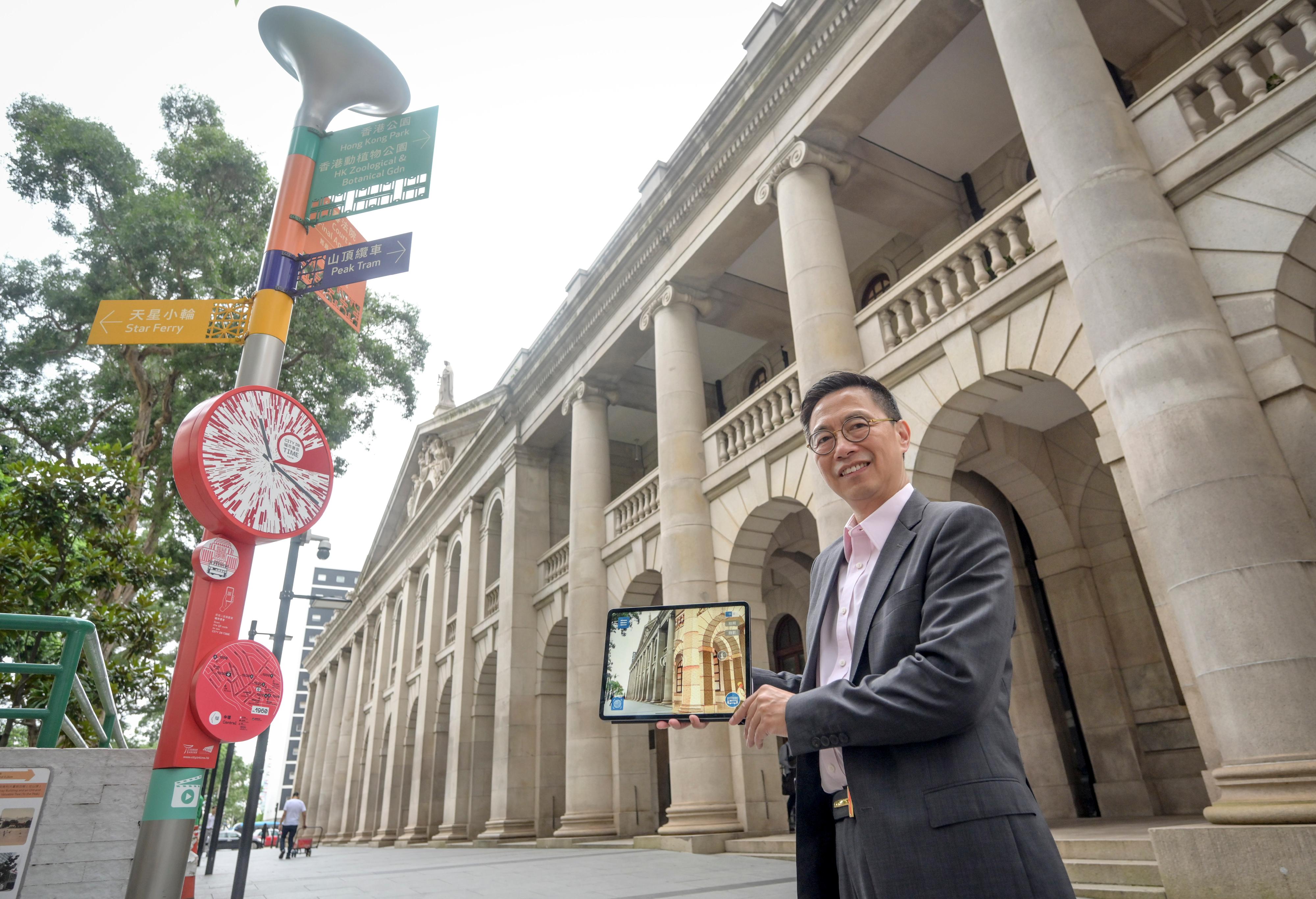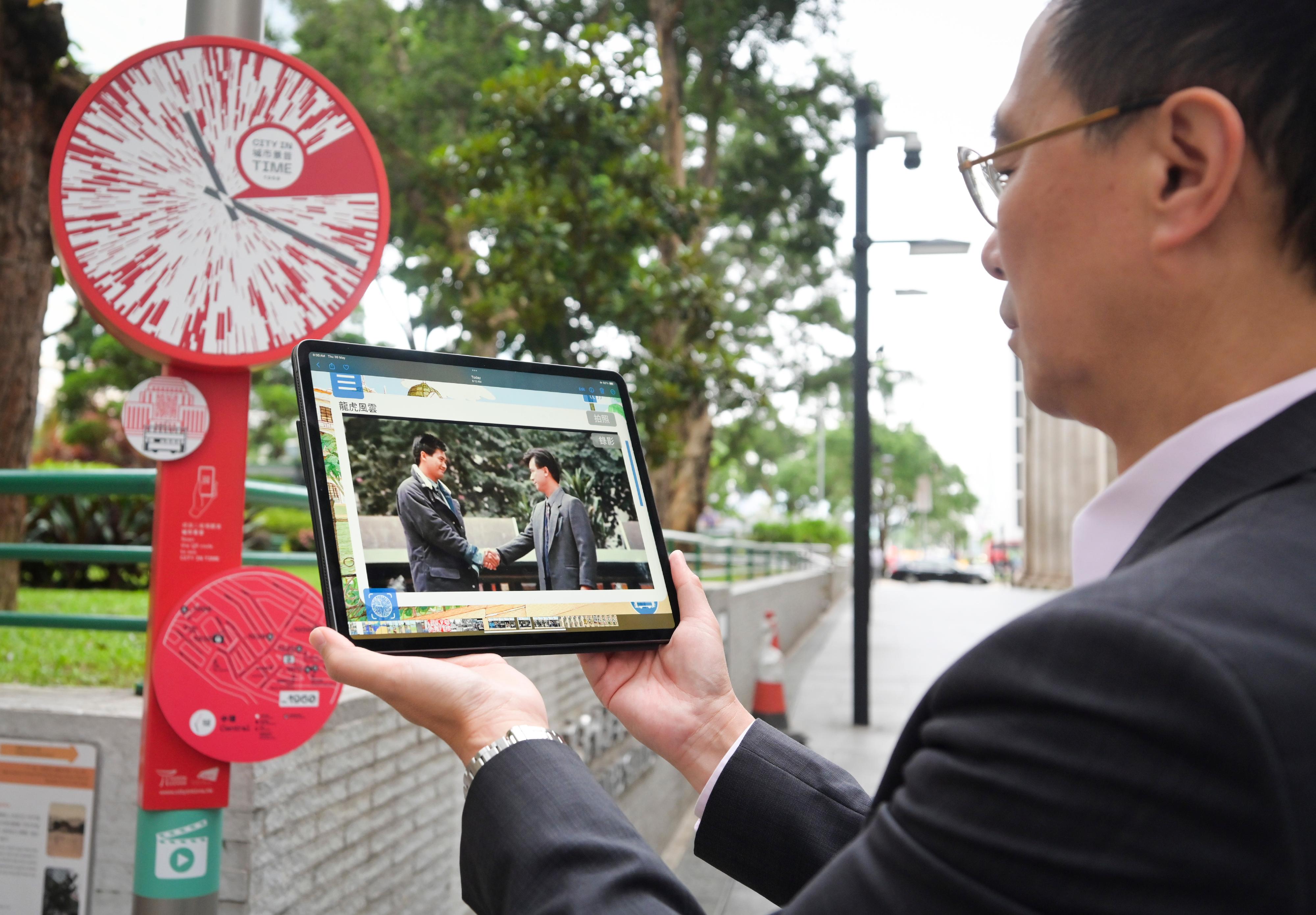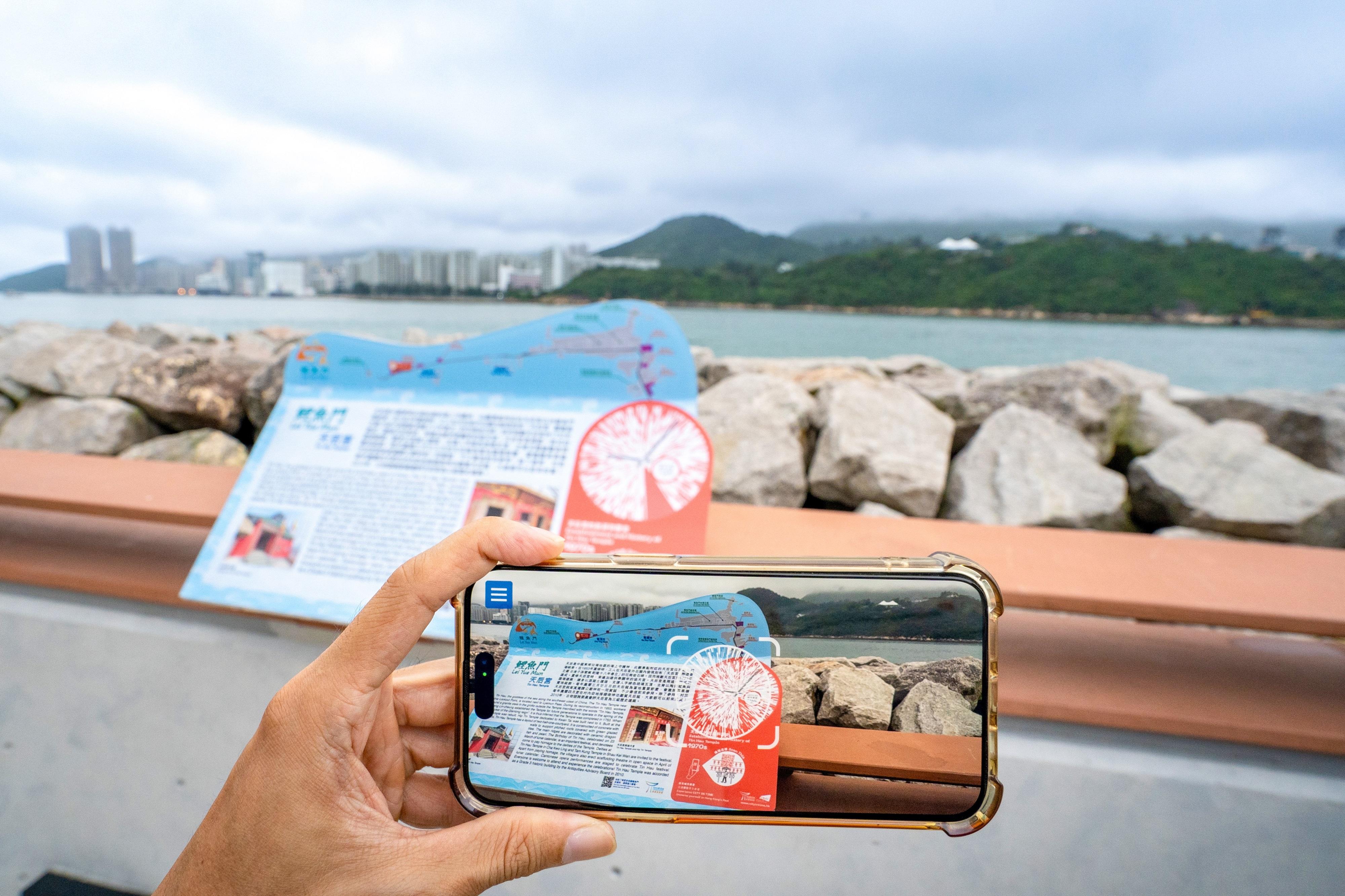LCQ4: Support for retail enterprises
Following is a question by the Hon Adrian Ho and a reply by the Secretary for Commerce and Economic Development, Mr Algernon Yau, in the Legislative Council today (June 5):
Question:
There are views pointing out that the recent changes in the consumption habits of members of the public and the consumption patterns of inbound tourists have posed a great challenge to the retail industry in Hong Kong, and a number of shopping malls have experienced winding-up of businesses and surrender of tenancies. In this connection, will the Government inform this Council:
(1) whether it has plans to introduce measures such as rent concessions for tenants operating in its properties (including public markets and cooked food centres) and to discuss with operators of private shopping malls the provision of lease incentives for existing tenants to renew their tenancies and attracting new tenants, so as to help increase the occupancy rate and tenancy renewal rate, thereby maintaining a favourable retail market situation;
(2) as it is learnt that the revitalised Central Market has operated well, attracting more than 26 million visitors in two years while providing business space for street snack vendors, local brands and small shops with unique characteristics, etc, whether the authorities have plans to draw on the relevant experience and use public markets or shopping malls with fewer visitors and vacant stalls/shops as pilot projects for revitalisation, coupled with effective promotional efforts to attract patronage by members of the public and tourists from the Mainland and overseas; if so, of the details; if not, the reasons for that; and
(3) of the current plans of the relevant government departments to provide support to Hong Kong's small and medium retailers to help them tide over the current retail downturn, and to extend the level of support provided by the Anti-epidemic Fund to small and medium enterprises during the epidemic?
Reply:
President,
Hong Kong's economy has been recovering steadily in the past year. In the first quarter of this year, the real gross domestic product grew by 2.7 per cent over the preceding year, marking the fifth consecutive quarter of growth. Some recent data show that the economic performance remains positive in general, including the increase in the number of inbound visitors and the continuous improvement in the exports of goods. The forecast of economic growth for 2024 is maintained at 2.5 per cent to 3.5 per cent.
As for the total retail sales, the data of the Census and Statistics Department reflect that there was an increase of 16.2 per cent in 2023 as compared with 2022, from around $350 billion to around $407 billion.
Along with rise in employment earnings, the recent stabilisation of asset markets and the further revival in inbound tourism with the number of visitors expected to increase by 35 per cent to 46 million in 2024 as compared with that in 2023, coupled with the Government's continued efforts in promoting mega event economy and stimulating consumption sentiment, and the Central Government's further enhancement to the Individual Visit Scheme by extending its scope from 49 to 59 cities to cover all provincial capitals in the country, the local retail sector is expected to benefit directly.
Having consulted the Environment and Ecology Bureau and the Innovation, Technology and Industry Bureau, the consolidated reply to the three parts of the question is as follows:
The Government does not compile statistics on the leasing situation of private shops. According to the latest data released by a real estate services organisation, the street shop vacancy rate has improved from 18.3 per cent in the third quarter of 2020 (the highest level during the epidemic) to 6.6 per cent in the first quarter of 2024. The vacancy rate in some of the core districts (such as Causeway Bay and Tsim Sha Tsui) was even lower than 6.6 per cent.
Government properties are managed by different policy bureaux and departments, and are rented out in accordance with the relevant policies (such as through open rental bids). For public markets and cooked food centres, being part of government properties, the Government currently does not have any plan to introduce rental concession measure.
As regards the leasing situation of shops in the private market, the Government is of the view that it should be market-driven, allowing private organisations to make adjustments having regard to factors such as the business operating environment, market conditions, location and vacancy rate of shops, etc.
In recent years, the consumption pattern of residents and inbound visitors keeps on changing, posing challenges to small and medium enterprises (SMEs) in the retail sector. The Government has been providing assistance to SMEs (including those in the retail sector) having regard to the economic situation and the needs of the trade, with a view to helping them cope with liquidity shortage, and encouraging them to enhance their competitiveness and develop more diversified markets.
To assist enterprises hard hit by the epidemic in coping with cash flow problems, the Government launched in April 2020 the Special 100% Guarantee Product under the SME Financing Guarantee Scheme (SFGS) to provide low-interest concessionary loans to SMEs. As at end March 2024, a total of nearly $19 billion of loans has been approved under the SFGS for SMEs in the retail sector, benefitting over 6 000 enterprises and nearly 53 000 employees. In view of the ongoing challenges faced by SMEs, the Government extends in this year's Budget the application period for the 80% and 90% Guarantee Products under the SFGS for two years to end March 2026, so as to assist more SMEs (including those in the retail sector) in coping with cash flow problems.
At the same time, the Government has also been actively supporting SMEs to carry out promotion activities and develop their businesses. Among others, the SME Export Marketing Fund (EMF) provides funding support for SMEs to participate in export promotion activities to expand their markets outside Hong Kong. The funding scope has been expanded following the implementation of the special measure from April 30, 2021, to June 30, 2026, to cover large-scale exhibitions and online exhibitions targeting the local market. As at end April 2024, the EMF has approved more than 31 400 applications from the wholesale and retail sector, benefitting over 6 800 enterprises and involving a total funding of $700 million.
In addition, the Government has allocated funding to launch the Digital Transformation Support Pilot Programme, under which subsidies will be provided on a one-to-one matching basis to assist SMEs in retail and food and beverage industries in applying e-payment and other ready-to-use basic digital solutions, so as to expedite their digital transformation.
The above-mentioned measures should help alleviate the operating pressure on the retail sector and help the sector further develop businesses. As Hong Kong's economy is recovering and the number of inbound visitors is increasing, the local retail sector will be given a greater impetus of recovery. The Government will continue to closely monitor the situation, and assist SMEs in riding out the storm having regard to the situation.


